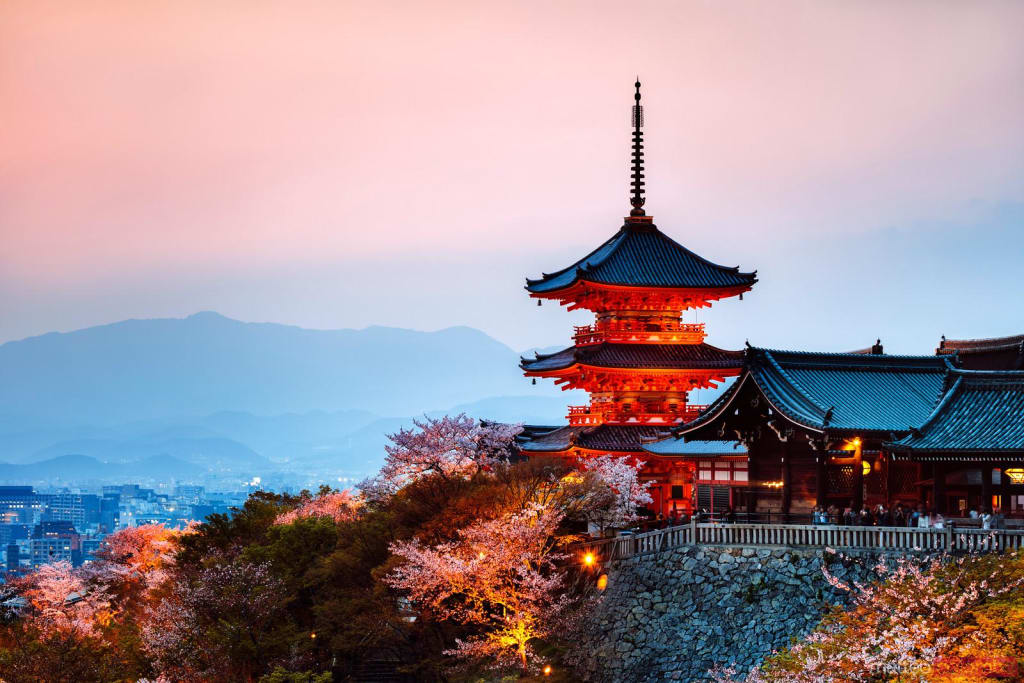
Once the capital of Japan, Kyoto is a city on the island of Honshu. It is the cultural capital of Japan and a major tourist destination. It is well-known for its many classical Buddhist temples, impressive architecture, and lovely gardens.
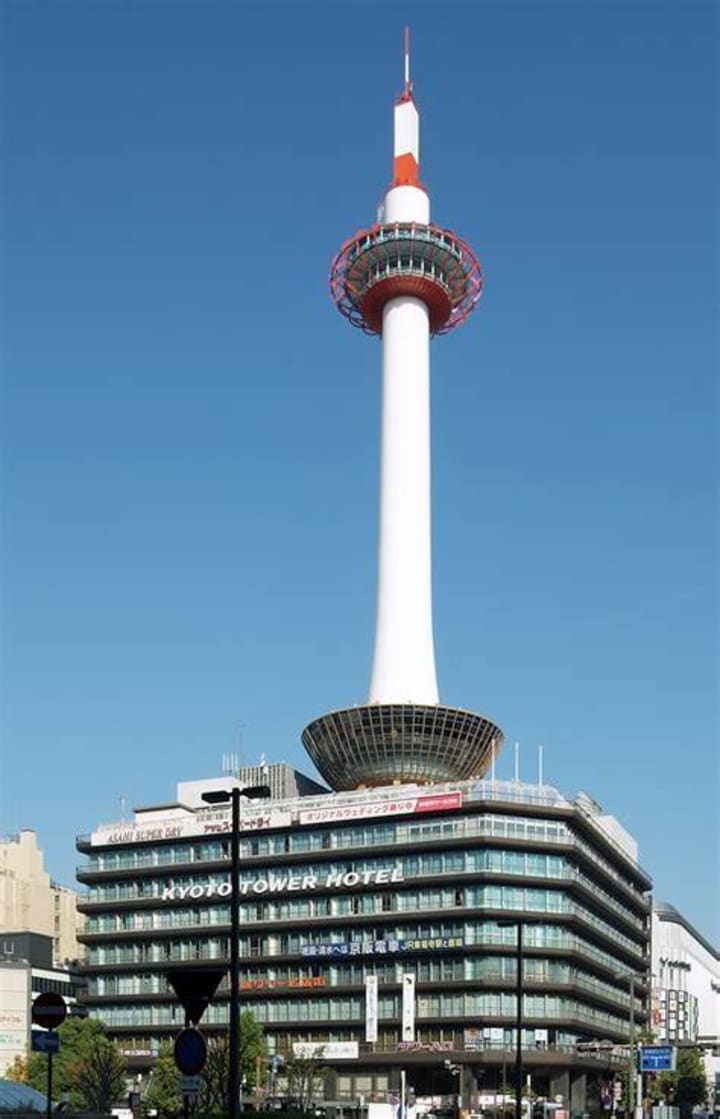
One of the city’s most famous landmarks is Kyoto Tower established in 1964. The tower is made of special steel plate cylinders and welded to give it a round shape. Inside the tower are souvenir shops and several different restaurants on various floors. In the basement is a public bathhouse. From the top of the tower, you can get fantastic views.
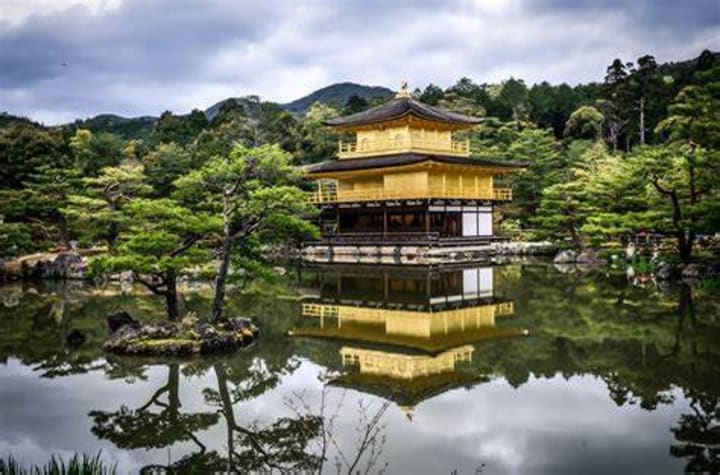
Enter the world of Zen temples at Daitokuji. This temple is the headquarters of the Rinzai Daitoku-ji School of Zen Buddhism. Among the highlights here are 24 sub-temples. Daitoku-ji was founded in 1319, burnt to the ground in the next century, and rebuilt in the 16th century.
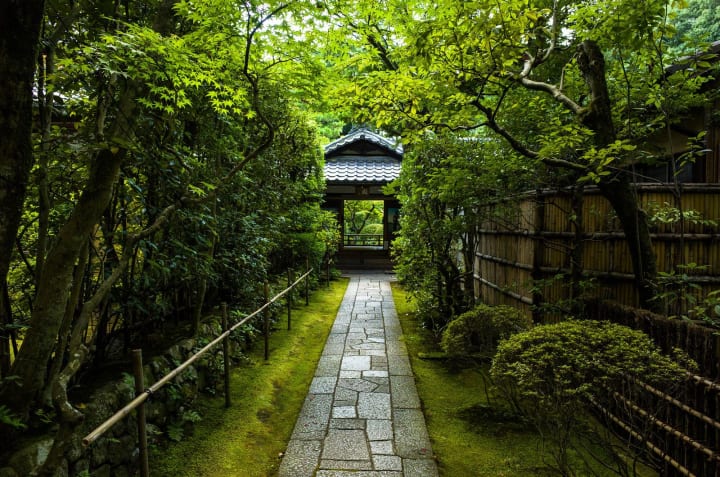
On the far western edge of the Daitokuji complex is a lovely garden. The garden, Kotoin is one of the best in Kyoto. It is located in a beautiful bamboo grove and there is a small garden for strolling which leads to a rectangle of moss and maple trees, backed by bamboo. You can relax on the veranda and take it all in.
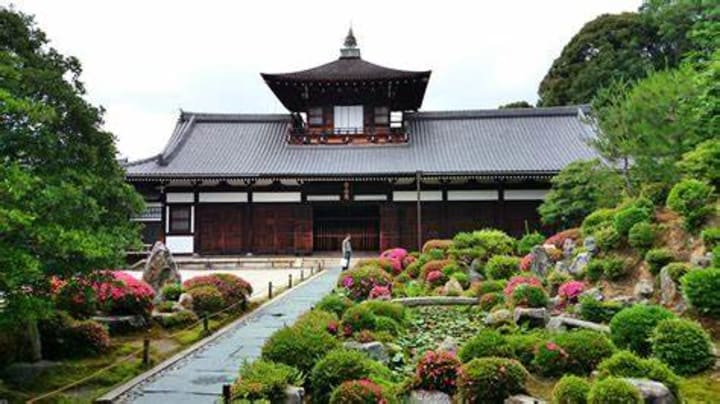
Tofukuji is one of the finest temples in Kyoto. It was founded in 1236 by the priest Enni. This temple belongs to the Rinzai sect of Zen Buddhism. The present temple complex has 24 sub-temples. The huge San-mon is the oldest Zen main gate in Japan.
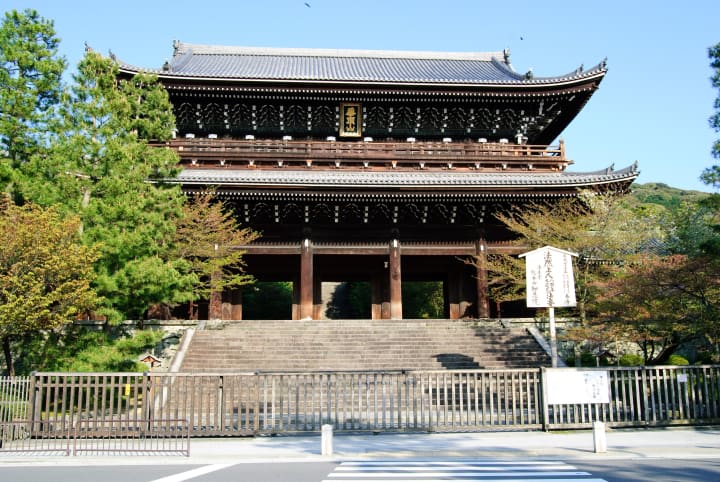
Chionin has a collection of soaring buildings and spacious courtyards. It serves as the headquarters of the Jodo sect, the largest sect of Buddhism in Japan. This is the most popular pilgrimage temple in Kyoto. The temple was established in 1234 and the oldest of the buildings here dates back to the 17th century.
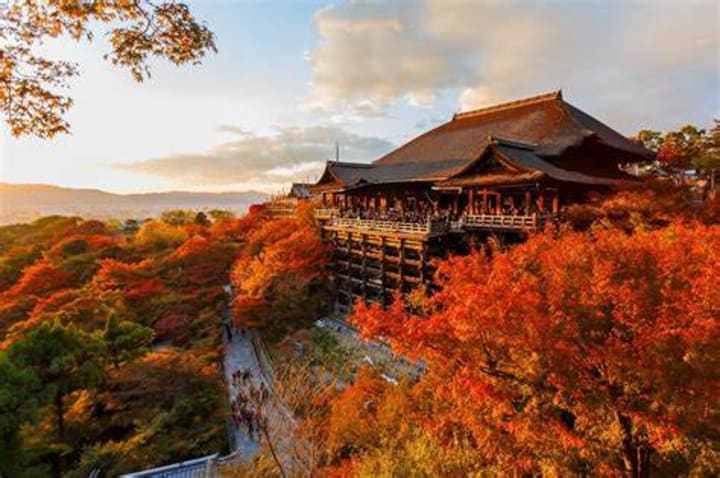
On top of a hill, you’ll find Kiyomizuderu, one of Kyoto’s most popular temples. This ancient temple was first built in 798 but the present buildings are reconstructions dating from 1633. This temple is an affiliate of the Hossu School of Buddhism. It is a UNESCO World Heritage site.
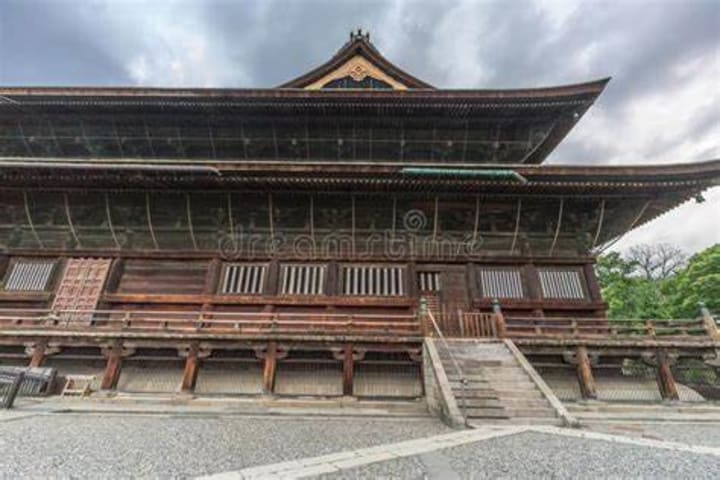
The Hondo (Main Hall) has a huge veranda, supported by pillars and juts out over the hillside.
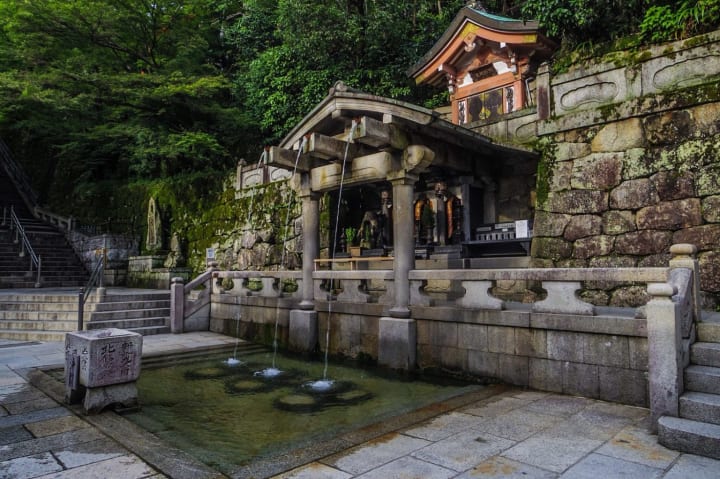
Below the hall is the Otowa Waterfall, where visitors drink sacred waters that are believed to bestow health and longevity.
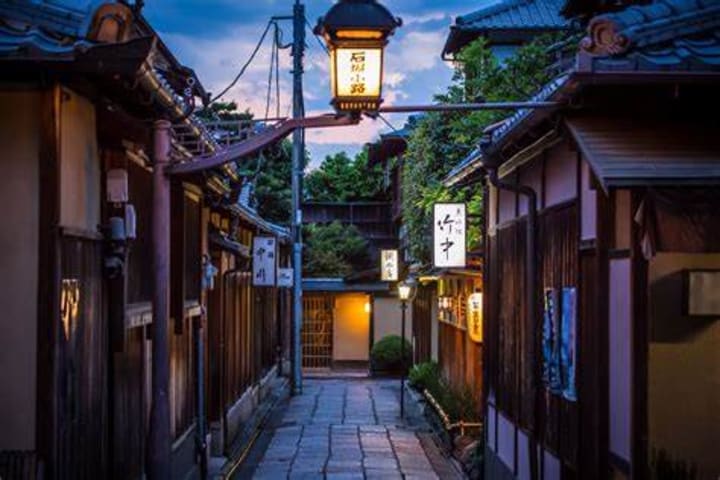
Visitors enjoy visiting Gion, the famous entertainment and geisha quarter on the eastern bank of the Kamogawa. By the 18th century, this was Kyoto’s largest pleasure district. Hanami-koji runs north-south and bisects Shijo-dori. The southern section is lined with 17th-century traditional restaurants and teahouses, many of which are exclusive establishments for geisha entertainment.
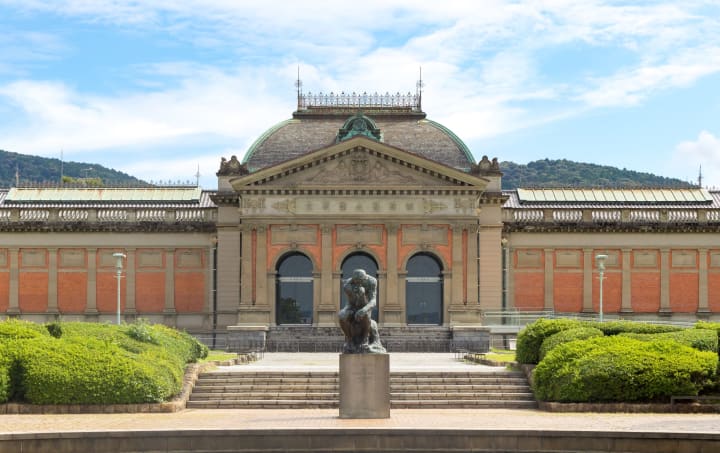
The Kyoto National Museum is the city’s premier art museum and is host to the highest-level exhibitions. The museum was founded in 1895 as an imperial repository for art and treasures from local temples and shrines. In the original main hall, you’ll find 17 rooms with displays of more than 1000 artworks, historical artifacts, and handicrafts. The new Heisel Chishinkan, designed by Taniguchi Yoshio and opened in 2014, is a brilliant modern counterpoint to the original building.
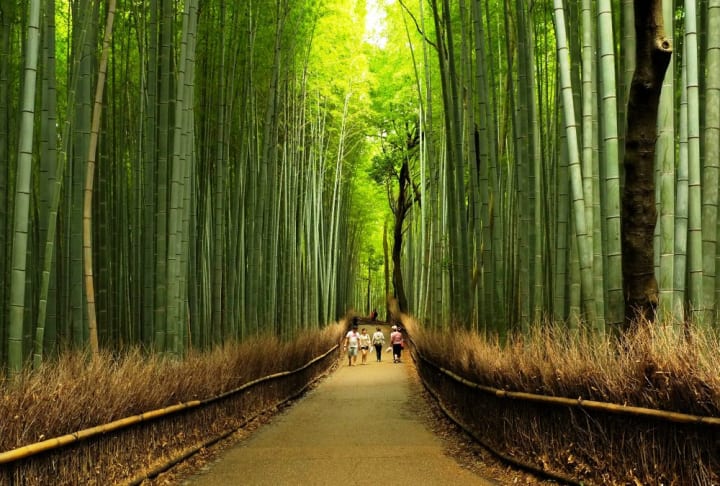
Entering Arashiyama Bamboo Grove is like stepping into another world. The thick green bamboo stalks seem to stretch endlessly and offer a strange quality of light. It is a magical place.
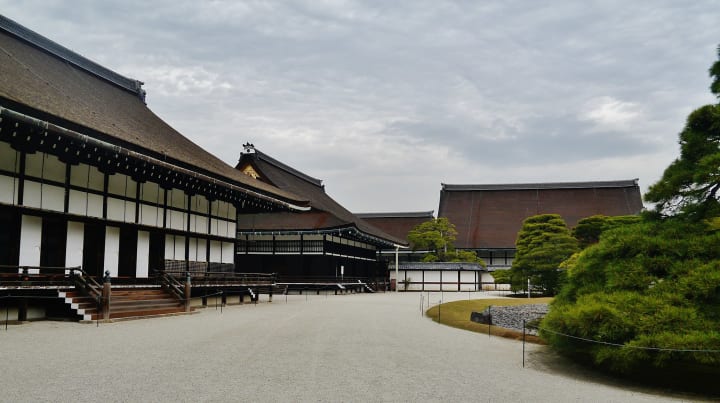
The Imperial Palace or Gosho is the former residence of the Emperor of Japan. No emperor has resided there since 1869. The palace sits in the large Kyoto Imperial Park. The park has many imperial buildings including the Sento Imperial Palace which was a palace for retired emperors, dating from the early 17th century. There are also tennis courts, baseball fields, and an Imperial Household Office.
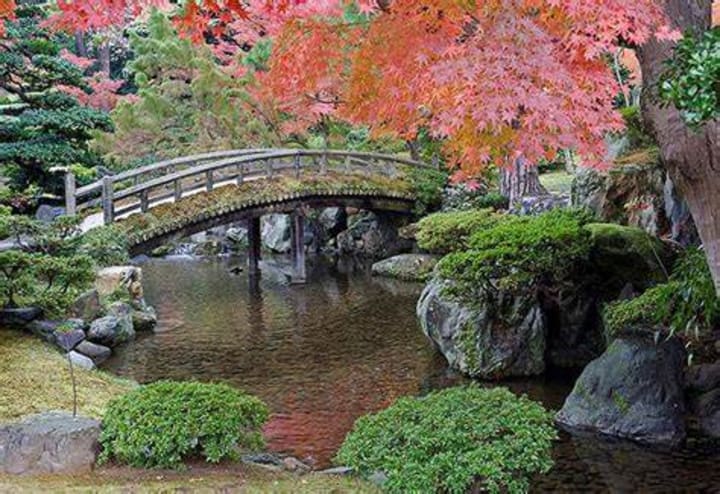
The Kyoto Imperial Palace Park has been planted with a large variety of flowering trees and open fields. It is a great place for picnics, taking strolls, and relaxing. The pond at the park’s southern end is a lovely place filled with carp. The park is particularly beautiful in the plum and cherry blossom seasons. The plum arbor is on the west side and there are several large weeping cherry trees at the north end of the park.
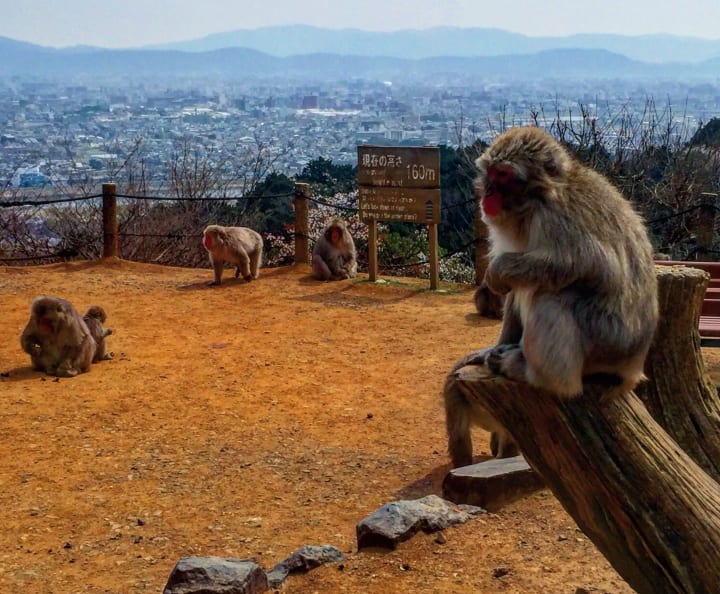
Of interest is Arashiyama Monkey Park where you can enjoy the antics of the monkeys and see them up close. Not only can you enjoy the monkeys but you can get fantastic views over Kyoto.
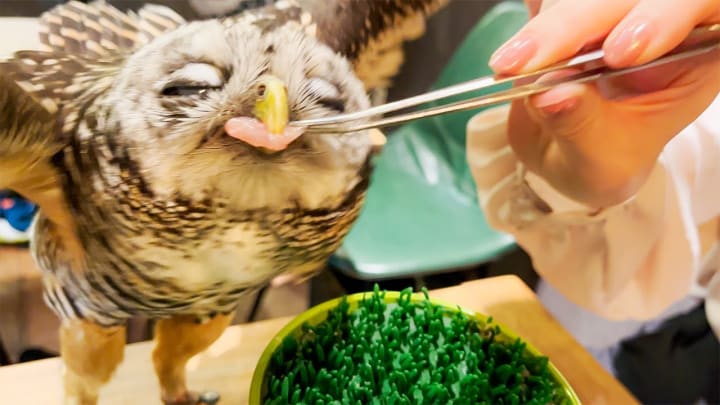
Visit Owl Family Cafe or Fukuro-no Mise in Japanese where you can enjoy seeing various kinds of owls. Every hour from noon there are petting sessions where you can hold and touch the owls. Photos can be taken but without flash, as the owls are weak against light.
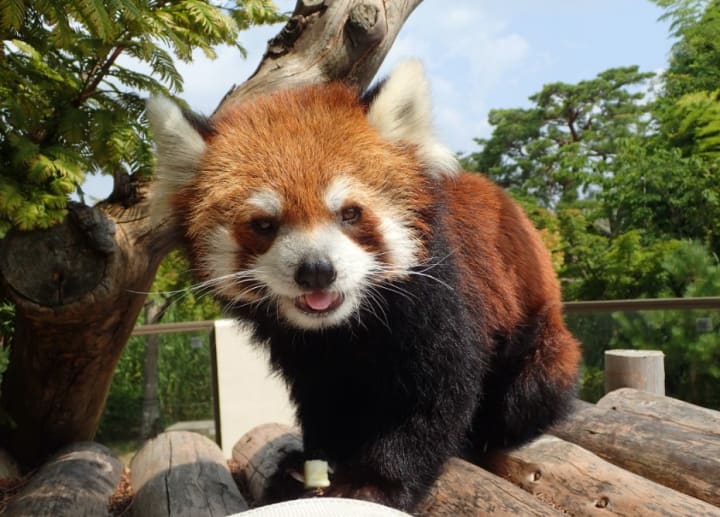
Kyoto City Zoo is Japan’s second oldest zoo and was opened during the Meiji period in 1903. The zoo is being reconstructed and it is a great place to meet lots of baby animals, including elephants, giraffes, gorillas, mandrills, and more. At the Elephant Forest, you can see four baby elephants walking about and bathing. At Africa’s Savannah, you can view giraffes and zebras from a wooden stage set above their heads. You might find a red panda and a sloth walking above you. At Savage Animal World, lions, tigers, and jaguars can climb a corridor set up in the air. You can find entertaining monkeys at the Japanese Monkey Island.
About the Creator
Rasma Raisters
My passions are writing and creating poetry. I write for several sites online and have four themed blogs on Wordpress. Please follow me on Twitter.


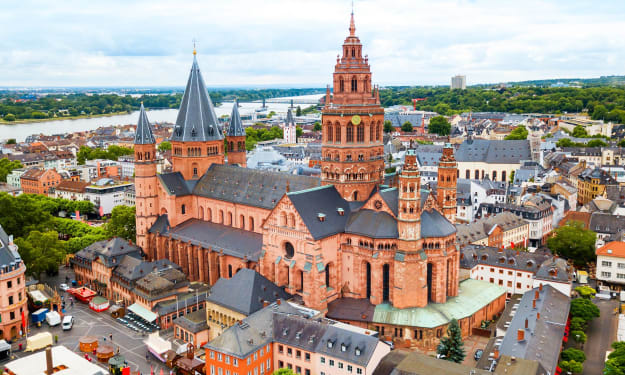

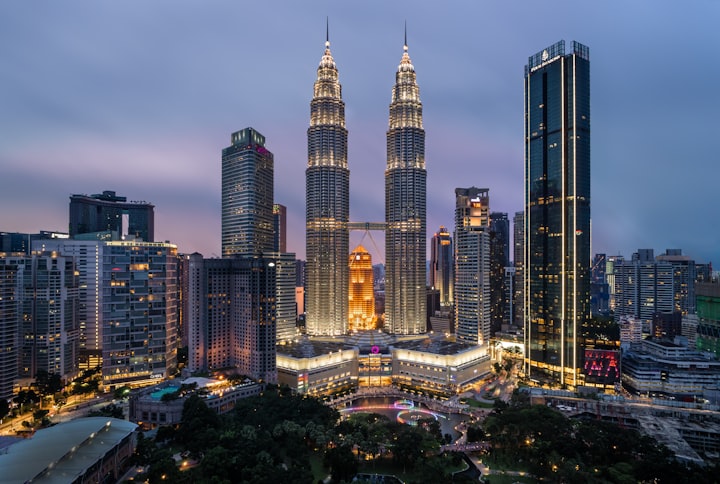

Comments
There are no comments for this story
Be the first to respond and start the conversation.